Iron
Baby's food

Iron is an important mineral that children need to keep their bodies working properly. It helps in the formation of hemoglobin, which is a vital part of the red blood cell and responsible for carrying oxygen from the lungs to all parts of the body. Iron deficiency can lead to anemia, which can affect a child’s growth and development.
How much iron does Your Child need?
The amount of iron your child needs depends on their age.
- Infants get enough iron from their mothers’ breast milk or iron-fortified infant formula. Those who don’t get enough iron can be given doctor-prescribed iron drops, while iron-fortified foods, such as cereals and pureed meats liver, egg yolk, and green leaves such as spinach or broccoli, are usually introduced at 4-6 months.
Subsequently, the recommended amount of iron a day depends on the child’s age:
- 7-12 months 11 mg / day
- 1-3 years 7 mg / day
- 4-8 years 10mg / day
- 9-13 years 8mg / day
- 14-18 years/girls 15mg / day
- 14-18 years/boys 11mg / day
Young athletes who engage in intense exercise lose more iron, so they need more iron in their diets. People who are on a vegetarian diet might also need extra iron.
The dangers of iron deficiency
When there isn’t enough iron in the body — iron deficiency — the body won’t be able to make enough hemoglobin, and as a result, fewer red blood cells are made. If not corrected, this would result in iron deficiency anemia, making the child look weak, pale, and feel tired because the body cells are not getting enough oxygen.
Iron deficiency can occur in babies and children if they have a diet low in iron-containing foods or if their bodies have trouble absorbing iron. It is also a problem for teenage girls during their periods if their diets don’t contain enough iron to offset the loss of blood during menstruation.
Causes of iron deficiency
Possible causes of iron deficiency include:
- Premature birth or low birth weight
- Not giving breast-fed babies iron-containing complementary foods after 6 months of age
- Giving babies formula that isn’t fortified with iron
- Drinking too much milk every day, and hence not getting enough iron through natural sources
- Eating a diet poor
- Chronic blood loss
- Not taking enough vitamin C, which helps in the absorption of iron
- Drinking tea — both coffee and tea contain tannins which reduce the way the body absorbs iron
How can I help Your Child get enough iron?
Supplement: If you’re feeding your baby iron-fortified formula, the baby is likely getting the recommended amount of iron. If you’re breastfeeding, talk with your baby’s doctor about iron supplementation. This may be especially important if your child was born prematurely. For full-term infants start supplementing iron at age 4 months and continue until the little is eating two or more servings a day of iron-rich foods.
Serve iron-rich foods: When you begin serving your baby solid food, provide foods with added iron, such as iron-fortified baby cereal, pureed meats, and pureed beans. For older children, good sources of iron include red meat, chicken, fish, beans, and spinach.
Don’t overdo milk: Between ages 1 and 5, don’t allow your child to drink more than 700 milliliters of milk a day.
Enhancing absorption: Vitamin C helps promote the absorption of dietary iron. You can help your child absorb iron by offering foods rich in vitamin C — such as citrus fruits, cantaloupe, strawberries, bell pepper, tomatoes, and dark green vegetables.
Signs and symptoms of iron deficiency in children: Most signs and symptoms of iron deficiency in children don’t appear until iron deficiency anemia occurs. Once that happens, you might spot the following symptoms:
- Pale skin
- Fatigue
- Cold hands and feet
- Slowed growth and development
- Poor appetite
- Abnormally rapid breathing
- Behavioral problems
- Frequent infections
- Unusual cravings for non-nutritive substances, such as ice, dirt, paint, or starch
If your child has risk factors for iron deficiency or you spot any of these symptoms, talk to his or her doctor.
Verified:
Dr. Piyawut Kreetapirom, MD. license no. 41578 (8 July 2021)



